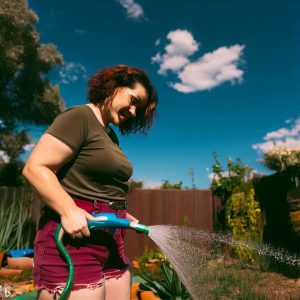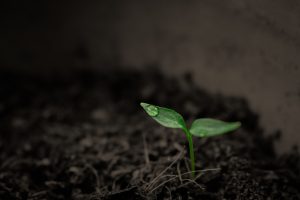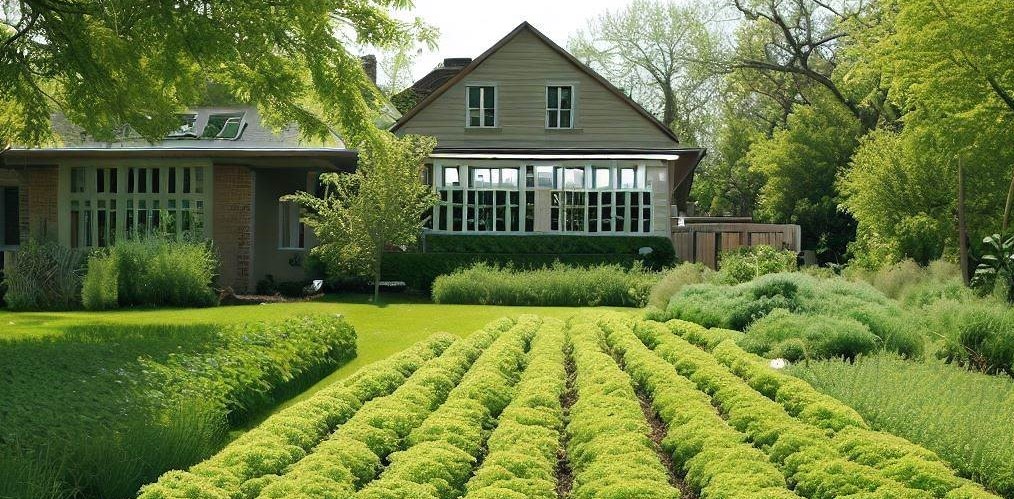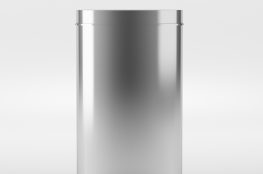When planning a sustainable backyard garden, one important factor to consider is the size of the garden. The size of the garden can affect its sustainability in several ways, including water usage, soil quality, and overall maintenance. Here are some tips for choosing the best size for a sustainable backyard garden.
Consider Your Space
The first factor to consider when choosing the size of your backyard garden is the amount of space you have available. You’ll want to choose a size that fits comfortably within your available space without overcrowding other areas of your yard.
If you have a smaller yard, consider a container garden or a raised bed garden that can be easily managed in a smaller space. If you have more space, you may be able to accommodate a larger garden with more plants.

Consider Water Usage
Water usage is an important factor to consider when choosing the size of your garden. A larger garden will require more water to keep plants healthy and growing, which can have an impact on your water bill and overall water usage.
To minimize water usage, consider choosing a smaller garden size and selecting drought-tolerant plants that require less water. You can also use mulch and other water-conserving techniques to help reduce water usage in your garden.
Consider Soil Quality
The size of your garden can also affect soil quality. A larger garden may require more soil amendments and maintenance to keep the soil healthy and fertile.
To ensure that your soil stays healthy, consider choosing a smaller garden size that you can easily manage with regular soil amendments and maintenance. You can also consider using raised beds or container gardens, which allow you to control the soil quality more easily.

Consider Overall Maintenance
The size of your garden can also affect overall maintenance. A larger garden may require more time and effort to maintain, including regular weeding, watering, and harvesting.
To minimize maintenance requirements, consider choosing a smaller garden size that you can easily manage within your available time and resources. You can also choose low-maintenance plants that require less attention and care.
Get Results Without Overworking Yourself
In general, a sustainable backyard garden can be any size that fits comfortably within your available space and resources. However, it’s important to consider factors such as water usage, soil quality, and overall maintenance when choosing the size of your garden.
By choosing a smaller garden size, selecting drought-tolerant plants, and using mulch and other water-conserving techniques, you can minimize water usage and ensure that your garden stays healthy and productive. Additionally, choosing a smaller garden size can make it easier to maintain the soil quality and overall health of your garden.
Ultimately, the best size for a sustainable backyard garden is one that meets your needs and fits within your available resources. Whether you choose a small container garden or a larger raised bed garden, with the right planning and care, your garden can thrive and provide you with a bountiful harvest of fresh fruits, vegetables, and herbs.




